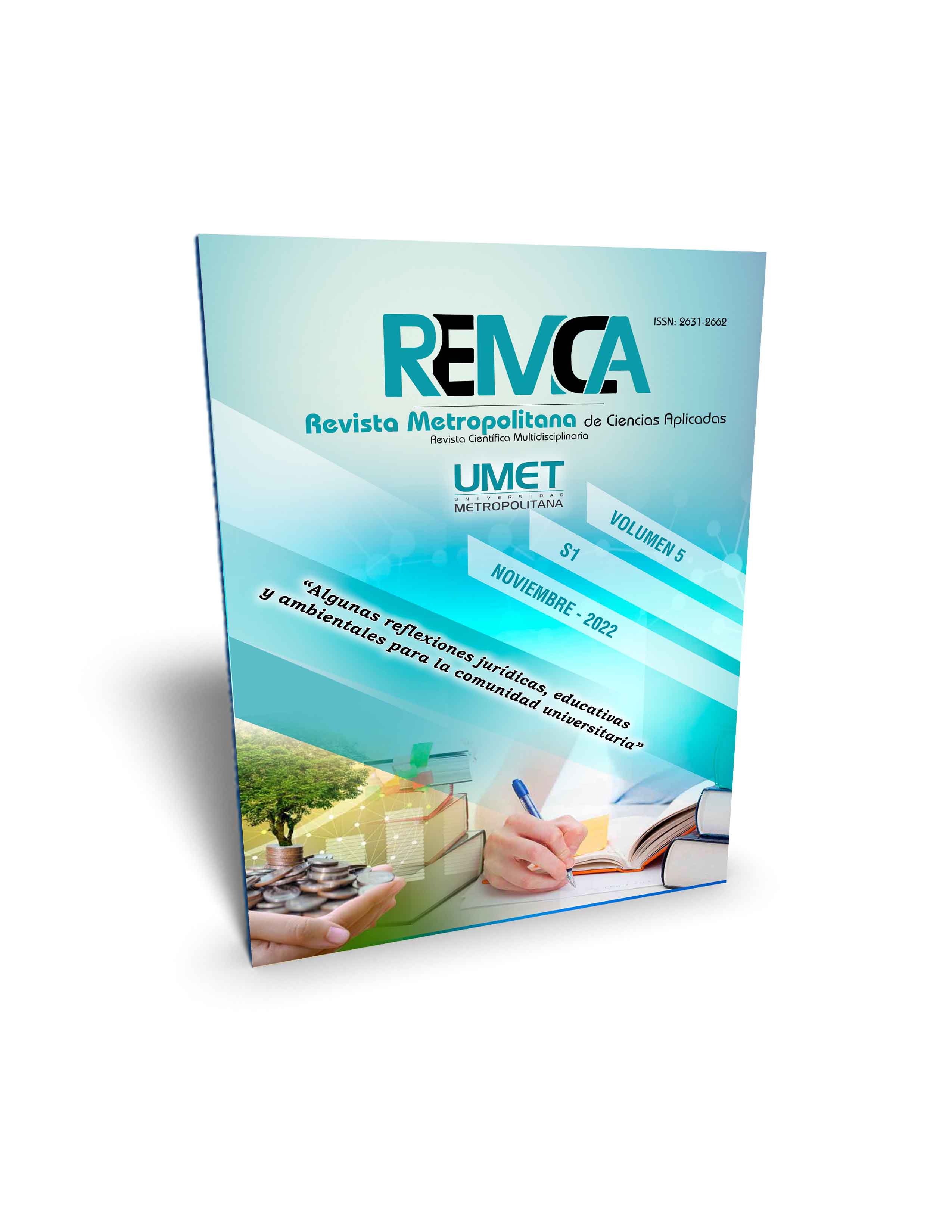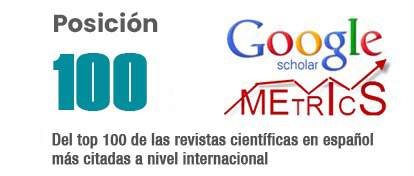Violencia contra las mujeres. Su análisis desde documentos legales en el Ecuador
DOI:
https://doi.org/10.62452/22ff0d64Palabras clave:
Violencia contra las mujeres, derechos humanos, estudios de géneroResumen
La violencia contra las mujeres corresponde a una grave vulneración de derechos humanos. En el Ecuador, se registra que 65 de cada 100 mujeres han sido víctimas de algún tipo de violencia a lo largo de su vida. Datos que en los últimos años han ido incrementado pese a los intentos para prevenir y erradicar la violencia contra las mujeres. Es así que en respuesta a los altos índices de violencia y a la lucha histórica de los movimientos de mujeres, en el 2018 se promulgó la Ley Orgánica para Prevenir y Erradicar la Violencia Contra las Mujeres la misma que designa el Sistema Nacional Integral para la Prevención y Erradicación de la violencia contra las mujeres, sus integrantes junto con sus respectivas atribuciones. El presente artículo busca analizar la violencia contra las mujeres desde documentos legales; sus obstáculos, desafíos y cómo esta representa un gran avance en materia de género;para lo cual se desarrolló un estudio cualitativo con sensibilidad histórica y cultural, se aplicó el método de la hermenéutica para el interpretación de textos bibliográficos y para la interpretación de la normativa se empleó el método exegético jurídico y el derecho comparado.
Descargas
Referencias
Asociación Latinoamericana para el Desarrollo Alternativo. (2022). 28 feminicidios en Ecuador desde el inicio del 2022. http://www.fundacionaldea.org/noticias-aldea/primermapa2022
Ecuadcor. Instituto Nacional de Estadísticas y Censos. (2011). Primera Encuesta Nacional de Relaciones Familiares y Violencia de Género contra las Mujeres. https://www.ecuadorencifras.gob.ec/documentos/web-inec/Estadisticas_Sociales/sitio_violencia/presentacionimbabura.pdf
Ecuador. Asamblea Nacional Constituyente. (2008). Constitución de la República del Ecuador. Registro Oficial No. 449. https://www.asambleanacional.gob.ec/sites/default/files/documents/old/constitucion_de_bolsillo.pdf
Ecuador. Asamblea Nacional. (2018b). Reglamento General de la Ley Organica Integral Para Prevenir y Erradicar la Violencia contra las Mujeres. Registro Oficial Suplemento 254. LexisFinder.
Ecuador. Asamblea Nacional. (2018a). Ley Orgánica Integral para Prevenir y Erradicar la Violencia Contra las Mujeres. Registro Oficial Suplemento 175. LexisFinder.
Ecuador. Consejo de la Judicatura. (2021). FemicidiosEc, herramienta virtual que contiene estadísticas actualizadas sobre las muertes violentas de mujeres en Ecuador. https://www.funcionjudicial.gob.ec/es/component/k2/item/10456-femicidiosec-herramienta-virtual-que-contiene-estad%C3%ADsticas-actualizadas-sobre-las-muertes-violentas-de-mujeres-en-ecuador
Ecuador. Instituto Nacional de Estadísticas y Censos. (2019). Segunda Encuesta Nacional de Relaciones Familiares y Violencia de Género contra las Mujeres. https://www.ecuadorencifras.gob.ec/documentos/web-inec/Estadisticas_Sociales/Violencia_de_genero_2019/Principales%20resultados%20ENVIGMU%202019.pdf
Íñiguez Rueda, L. (1999). Investigación y Evaluación Cualitativa. Bases teóricas y conceptuales. Universidad Autónoma de Barcelona.
Machado, J.(2022). Casas de acogida para mujeres empiezan a cerrar por falta de recursos. https://www.primicias.ec/noticias/sociedad/casas-acogida-mujeres-violencia-cierran/
Organización de las Naciones Unidas. (2022). Poner fin la violencia en contra de las mujeres y las niñas. ONU. https://ecuador.unwomen.org/es/que-hacemos/poner-fin-a-la-violencia-contra-las-mujeres-y-las-ninas
Organización Panamericana de la Salud. (2021). Violencia contra la mujer. OPS. https://www.paho.org/es/temas/violencia-contra-mujer
Roa Chejín, S. (2019). El país con la tasa más alta de embarazo adolescente podría quedarse sin presupuesto para prevenirlo. GkCity. https://gk.city/2019/12/09/prevencion-embarazo-adolescente-ecuador-presupuesto/#:~:text=En%20la%20proforma%20presupuestaria%20que,el%20de%202019%20s%C3%AD%20hab%C3%ADa
Vara Horna, A. (2020). Los costos - país de la violencia contra las mujeres en Ecuador. PreViMujer. http://info.comvomujer.org.pe/catalogo/tracd/324-2020-es-study-tracd-ec.pdf
Descargas
Publicado
Número
Sección
Licencia
Derechos de autor 2022 María Paula Villacrés Salas, Sabina Lorena Gamboa Vargas (Autor/a)

Esta obra está bajo una licencia internacional Creative Commons Atribución-NoComercial-CompartirIgual 4.0.
Los autores que publican en la Revista Metropolitana de Ciencias Aplicadas (REMCA), están de acuerdo con los siguientes términos:
1. Derechos de Autor
Los autores conservan los derechos de autor sobre sus trabajos sin restricciones. Los autores otorgan a la revista el derecho de primera publicación. Para ello, ceden a la revista, de forma no exclusiva, los derechos de explotación (reproducción, distribución, comunicación pública y transformación). Los autores pueden establecer otros acuerdos adicionales para la distribución no exclusiva de la versión de la obra publicada en la revista, siempre que exista un reconocimiento de su publicación inicial en esta revista.
© Los autores.
2. Licencia
Los trabajos se publican en la revista bajo la licencia de Atribución-NoComercial-CompartirIgual 4.0 Internacional de Creative Commons (CC BY-NC-SA 4.0). Los términos se pueden consultar en: https://creativecommons.org/licenses/by-nc-sa/4.0/deed.es
Esta licencia permite:
- Compartir: copiar y redistribuir el material en cualquier medio o formato.
- Adaptar: remezclar, transformar y crear a partir del material.
Bajo los siguientes términos:
- Atribución: ha de reconocer la autoría de manera apropiada, proporcionar un enlace a la licencia e indicar si se ha hecho algún cambio. Puede hacerlo de cualquier manera razonable, pero no de forma tal que sugiera que el licenciador le da soporte o patrocina el uso que se hace.
- NoComercial: no puede utilizar el material para finalidades comerciales.
- CompartirIgual: si remezcla, transforma o crea a partir del material, debe difundir su creación con la misma licencia que la obra original.
No hay restricciones adicionales. No puede aplicar términos legales ni medidas tecnológicas que restrinjan legalmente a otros hacer cualquier cosa que la licencia permita.




